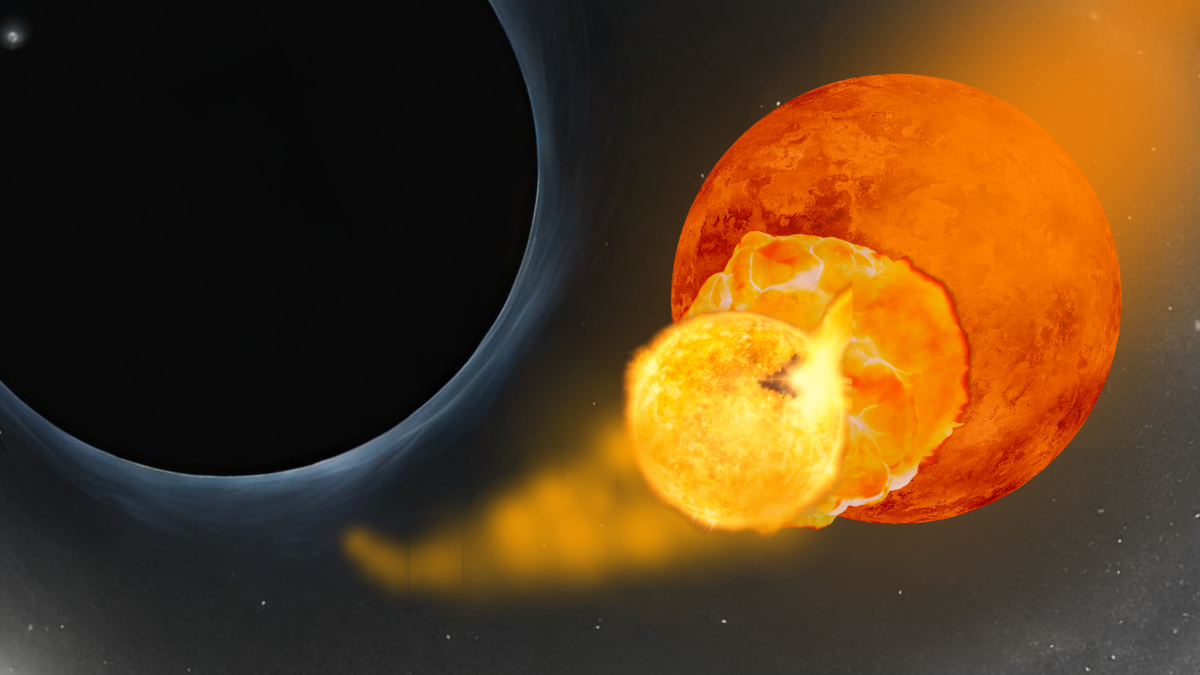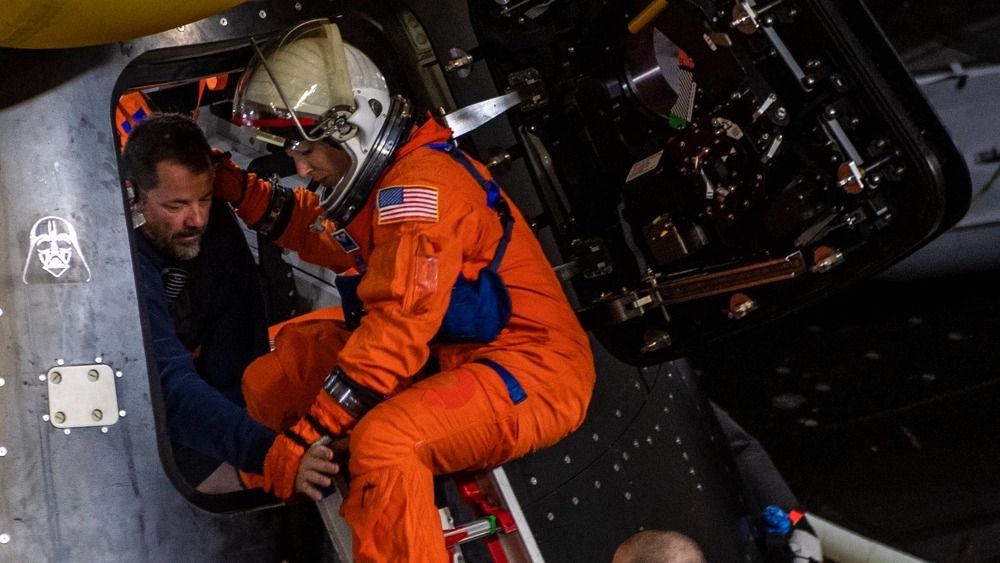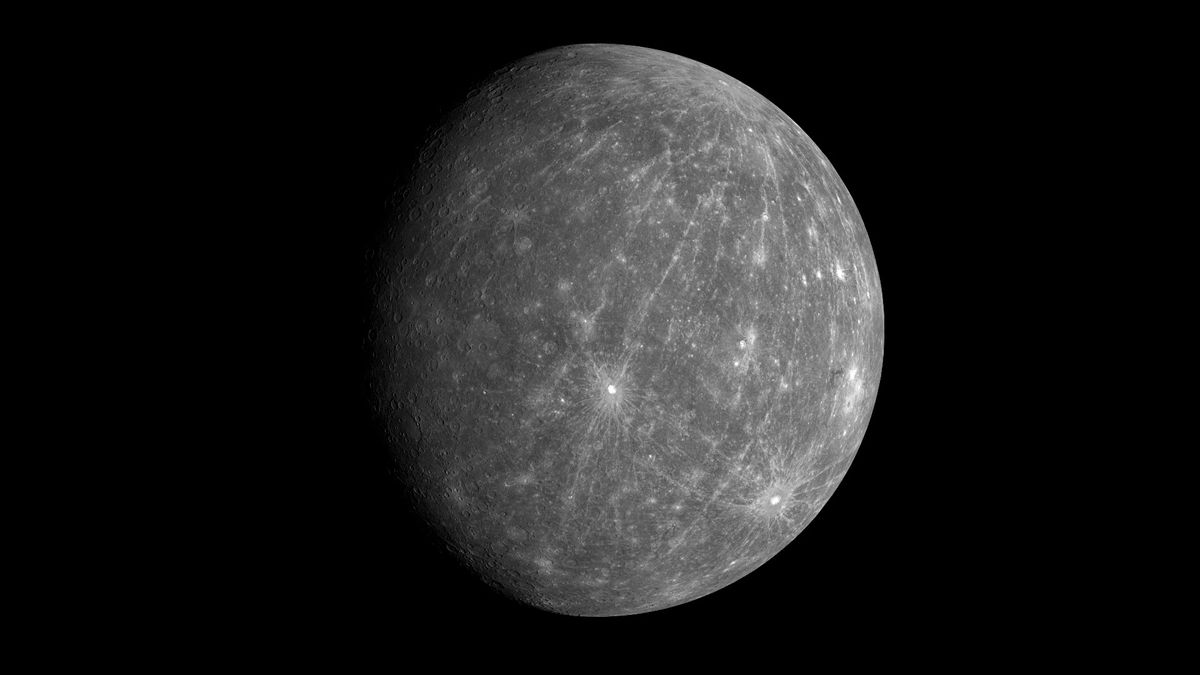Uncovering the Secrets of Youthful Stars in the Heart of the Milky Way
Recent scientific discoveries have shed light on the enigmatic phenomenon that allows certain stars in the core of the Milky Way to maintain a youthful appearance. These stars are engaging in what can be described as a cosmic demolition derby around the supermassive black hole known as Sagittarius A* (Sgr A*). Just like the infamous 17th-century serial killer Elizabeth Bathory, who allegedly preserved her youth by bathing in the blood of her victims, these stars seem to sustain their youthful glow by colliding with neighboring stars and enveloping themselves in the pilfered stellar material. This cannibalistic behavior not only transforms the stellar victim into a peculiar “zombie” star but also spells doom for the cannibal star itself in the long run.
A team of scientists from Northwestern University conducted a comprehensive study involving a simulation of 1,000 closely packed stars orbiting the central supermassive black hole of the Milky Way. According to Sanaea C. Rose, the lead researcher and a scientist at Northwestern University, studying the Galactic Center provides valuable insights into the inner workings of galaxies across the universe.
The heart of the Milky Way harbors one of the most extreme astronomical environments observable from Earth. Within this region lies Sgr A*, a supermassive black hole with a mass equal to 4.5 million suns, orbited by over a million stars. These stars are densely concentrated within an area approximately 4 light-years wide, leading to frequent stellar collisions – a phenomenon rare in the comparatively sparse regions of the Milky Way outside the Galactic Center.
The Dynamics of the Cosmic Demolition Derby
The simulations carried out by the research team factored in numerous variables such as stellar mass and star cluster density. Notably, the distance of a star from Sgr A* emerged as a key determinant of its fate near the core of the Milky Way. Stars in close proximity to the supermassive black hole are more likely to collide with neighboring stars, with the cluster becoming progressively denser as distance decreases.
Rose drew an analogy likening the bustling stellar environment near Sgr A* to navigating a crowded subway station during rush hour. The gravitational influence of the black hole causes stars in close proximity to move at astonishing speeds, comparable to a demolition derby rather than a bustling subway system.
Collisions occurring within a narrow radius of approximately 0.01 parsecs from Sgr A* are typically destructive, involving grazing impacts that strip stars of their outer layers, resulting in a rejuvenated appearance from the assimilated stellar material. However, this rejuvenation comes at a cost – more massive stars deplete their nuclear fusion fuel reserves rapidly, effectively shortening their lifespan.
At greater distances from Sgr A*, collisions are less frequent and occur at slower speeds. When these collisions transpire, there is a higher likelihood of a complete merger between stars, forming a single, larger star. The research team’s simulation indicates that stars within 0.1 parsecs of Sgr A* have a significant probability of experiencing at least one collision over their lifetimes.
Expanding the Model and Future Prospects
Rose expressed the team’s intention to further develop the physics model employed in their research to account for the intricate dynamics of the Galactic Center. Despite the complexity of this environment, which starkly contrasts the conditions observed in our solar neighborhood, the researchers find gratification in unraveling the mysteries surrounding the youthful stellar population near the heart of the Milky Way.
Two studies stemming from this model have already been published, with ongoing efforts dedicated to refining and expanding upon the existing framework. Rose presented the team’s findings at the American Physical Society’s April meeting, illustrating the boundless potential for deeper exploration and understanding of the Galactic Center’s cosmic landscape.
Image/Photo credit: source url





